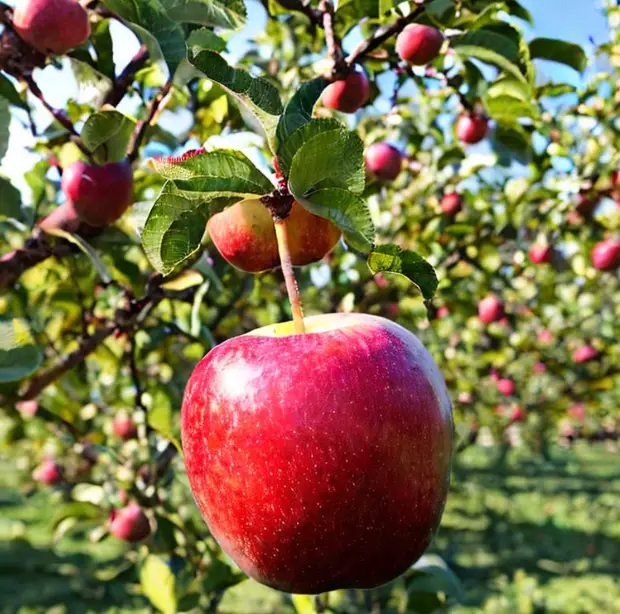
Introduction
The Baldwin apple is a classic American apple variety that has played an important role in the history and culture of the United States. In this guide, we will explore the history, characteristics, and uses of the Baldwin apple, as well as provide information on growing and harvesting Baldwin apples, and where to find them.
The History of the Baldwin Apple
The Baldwin apple was first cultivated in Wilmington, Massachusetts in the early 1740s by farmer John Ball. The apple was named after its first commercial cultivator, Colonel Loammi Baldwin, who began cultivating the apple in the late 1700s. The Baldwin apple quickly became a popular variety in the Northeastern United States due to its hardiness, productivity, and disease resistance.
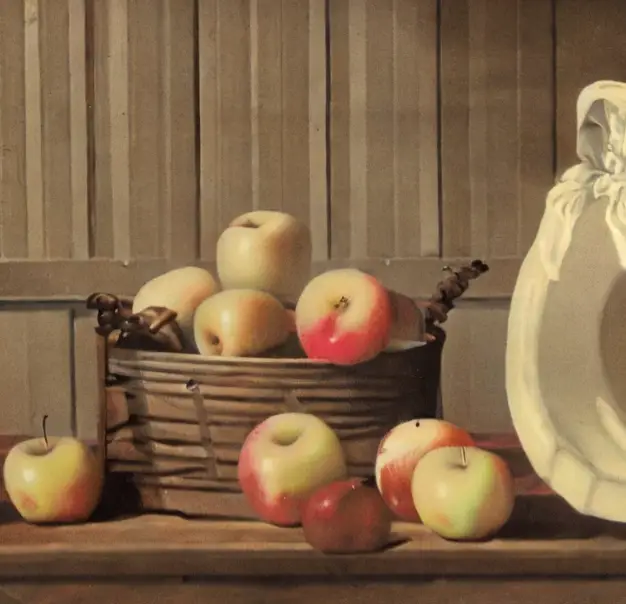
The Baldwin apple became a significant variety in American apple production during the 19th century. By the mid-1800s, the Baldwin apple was the most widely grown apple variety in the Northeast, accounting for up to one-third of all apple production in the region. The Baldwin apple was also widely cultivated in other apple-growing regions of the United States, such as the Midwest.
Characteristics of the Baldwin Apple
The Baldwin apple is a medium to large sized apple with a bright red skin and yellow-green flesh. The flavor profile of the Baldwin apple is balanced between sweet and tart, with a crisp, juicy texture. Baldwin apples are a good source of vitamin C, dietary fiber, and antioxidants.
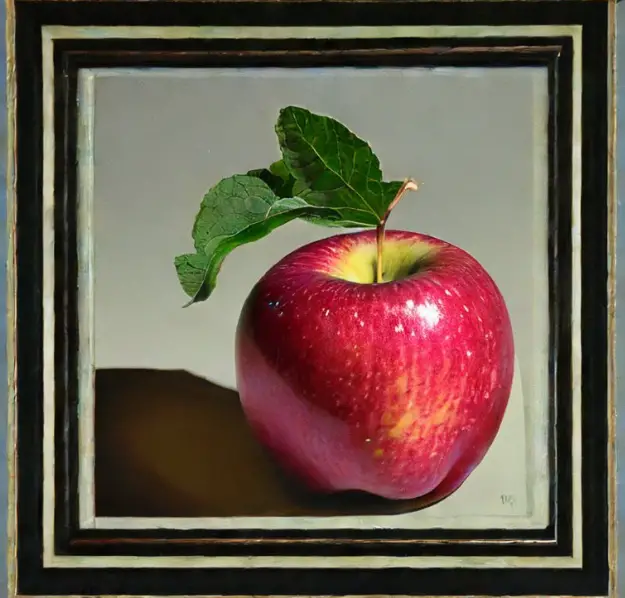
Uses of the Baldwin Apple
The Baldwin apple is a versatile apple that can be used in a variety of culinary applications. Baldwin apples are excellent for baking due to their firm texture and balanced flavor profile. They are also a popular apple for making cider, as they provide a good balance of acidity and sweetness. In addition to their culinary uses, Baldwin apples have also been used for medicinal purposes, such as treating digestive ailments and promoting healthy skin.
Growing and Harvesting Baldwin Apples
Baldwin apple trees require a temperate climate and well-draining soil to thrive. They prefer full sun exposure and can tolerate a range of soil types. It is recommended to plant Baldwin apple trees in the spring, as they need warm soil temperatures to establish their roots.
Baldwin apple trees require regular maintenance to ensure healthy growth and productivity. Pruning should be done in the late winter or early spring to remove any dead or diseased wood and promote new growth. Fertilizer should be applied in the spring and fall to provide the necessary nutrients for the tree.
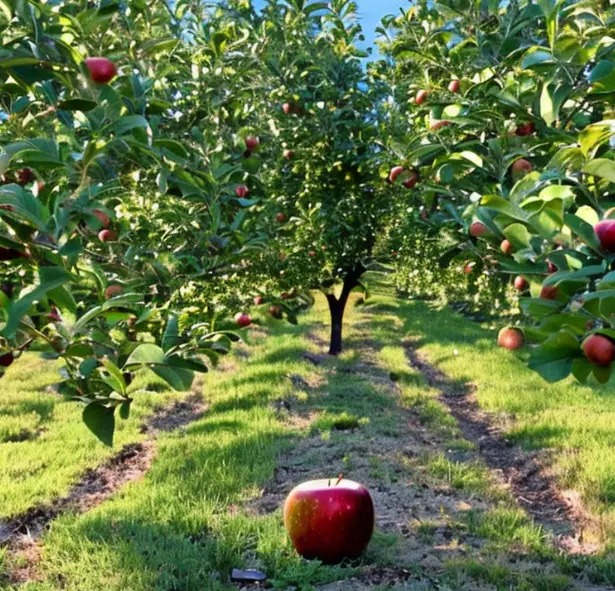
Baldwin apples are typically ready for harvest in late September to early October, depending on the climate and growing conditions. The apples should be firm to the touch and have a bright red color when ripe. It is important to handle the apples gently when harvesting to avoid bruising or damaging the fruit.
Once harvested, Baldwin apples can be stored for several months if kept in a cool, dry place. They are a good apple for long-term storage, as they have a thick skin that helps to prevent moisture loss and maintain freshness.
Baldwin Apples in Popular Culture
The Baldwin apple has played a significant role in American culture and history. The apple was a favorite of Thomas Jefferson, who grew Baldwin apple trees at his Monticello estate. The apple was also a popular variety during the Civil War, as soldiers often carried Baldwin apples with them as a source of sustenance.
The Baldwin apple has also been referenced in literature and art. Henry David Thoreau wrote about the Baldwin apple in his book “Wild Apples”, and the apple has been featured in several paintings by American artist Andrew Wyeth.
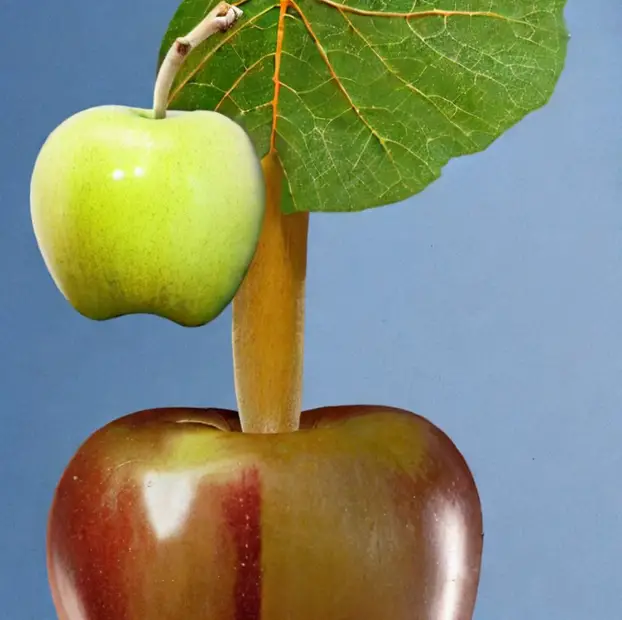
Where to Find Baldwin Apples
Baldwin apples are still grown and harvested in the Northeastern United States, particularly in New England. They can be found at local farmers markets, orchards, and specialty food stores. Online sources for purchasing Baldwin apples include farm-to-table delivery services and gourmet food websites.
Conclusion
The Baldwin apple is a classic American apple variety that has played an important role in the history and culture of the United States. From its origins in Massachusetts to its popularity during the Civil War and beyond, the Baldwin apple has left an indelible mark on American cuisine and society. Whether used in baking, cider making, or for medicinal purposes, the Baldwin apple remains a versatile and beloved apple variety to this day.
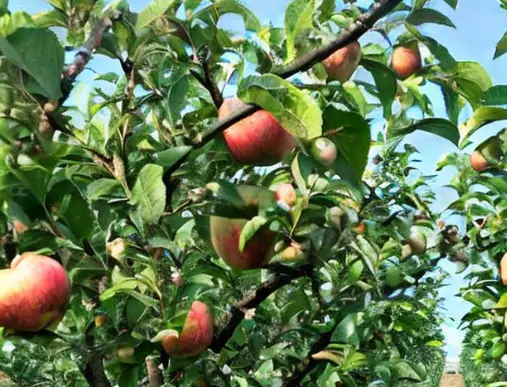
FAQs
- What makes the Baldwin apple different from other apple varieties? The Baldwin apple is known for its hardiness, productivity, and disease resistance, as well as its balanced sweet-tart flavor profile.
- How long do Baldwin apples typically stay fresh? Baldwin apples can be stored for several months if kept in a cool, dry place.
- Can Baldwin apples be used in baking? Yes, Baldwin apples are excellent for baking due to their firm texture and balanced flavor profile.
- Is the Baldwin apple a good choice for cider making? Yes, Baldwin apples are a popular apple for making cider, as they provide a good balance of acidity and sweetness.
- Are Baldwin apples easy to grow in a home garden? Baldwin apple trees require regular maintenance and a temperate climate to thrive, but can be grown in a home garden with proper care.